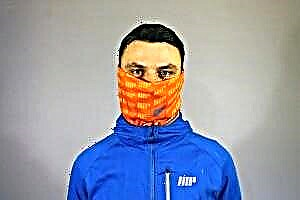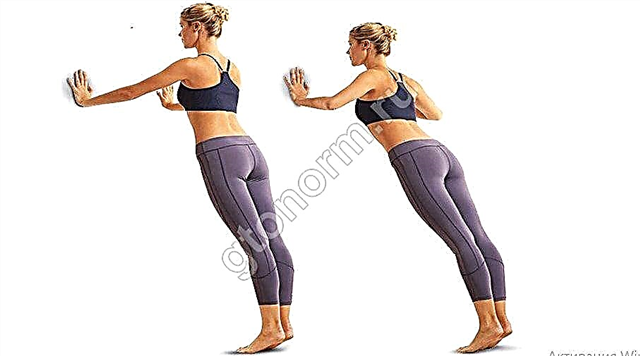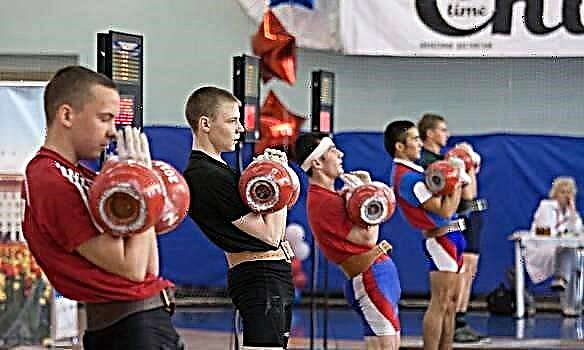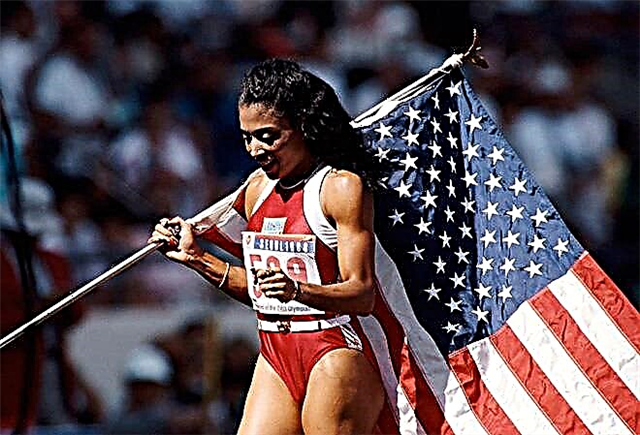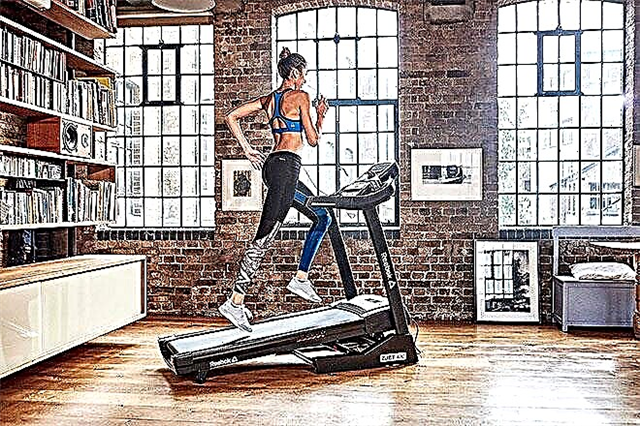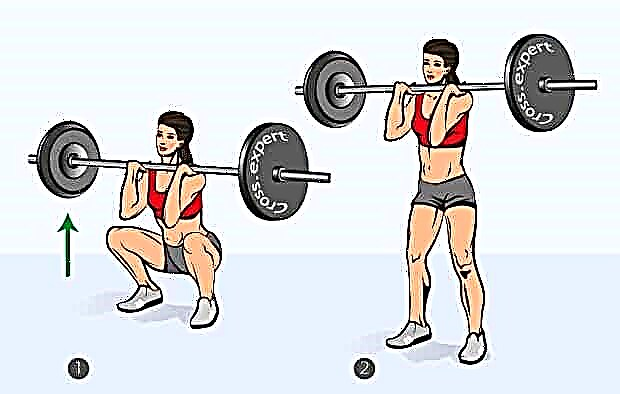The abdominal exercise is one of the most effective static abdominal pumping tools. Unlike dynamic loads, which contribute to muscle growth and the manifestation of relief, static exercises can increase the strength of the muscle fiber and develop endurance.
Therefore, the abdominal exercise "corner" is less suitable for beginners. In addition, in order to achieve a toned figure, it is better to devote more time in the training process to dynamic exercises, and leave static ones to “finish off” the trained muscles at the very end. For a different degree of training of an athlete, there are different variations of this exercise. Next, we will consider the features of each of them, study the technique of execution, and also find out the effect on specific muscles when choosing a certain type of "corner". The most popular types of this exercise are as follows:
- Corner on the floor;
- Corner on the Swedish wall;
- Corner on the horizontal bar.
"Corner" on the floor
The floor abdominal exercise is performed by lifting and holding the body on the hands in a fixed position. The recommended time is 30 seconds for 3-4 sets. It is no coincidence that we chose this type of exercise first, since with it, we recommend that all beginners begin their progress in the corner.
Execution technique
- Starting position - sitting on the buttocks, legs straight with outstretched toes. The back is also straight. The arms are parallel to the body, and the hands rest on the floor.
- Now it is necessary to tear the buttocks off the floor with the help of the rest of the hands on the floor and raising the shoulders. Important! When the body is lifted off the floor, the pelvis moves back a little.
- Now, with the help of the muscles of the lower press, the outstretched legs are torn off the floor and kept on weight for the maximum amount of time. And it's not for nothing that our exercise has a geometric name - a corner. So, as we know, the angle can be different. You can start by keeping your feet parallel to the floor. Over time, you can progress in the exercise by lifting your legs higher and higher. The arms can be in three different locations - straight, slightly bent at the elbows and fully resting on the elbows.

There is no limit to perfection: for example, gymnasts hold the corner in such a way that the legs are very close to the face
Features of preparation
As you can see from the execution technique, this exercise will require the inclusion of hands - albeit small, but if they are very weak for you, then in exercises for the press at some point you will stop progressing precisely because of the hands that cannot hold the body exactly in for a long time. If you are faced with such a problem, we advise you to alternate the corner with push-ups in order to strengthen the muscles of the arms. In addition, for progress on the press, we recommend alternating the corner with strength exercises for the press, for example, sit-ups and V-sit-ups - then the effect will be maximum!
If the exercises in this form are difficult, you can slightly ease the way of doing. For example, it is much easier to perform a "corner" with legs tucked into the chest:

© zinkevych - stock.adobe.com
Typical mistakes
As with any exercise in the floor corner, athletes make a number of execution mistakes. Let's break them down.
- Knee flexion is considered a fault. Legs stay straight with toes extended forward throughout the workout. But! If you are a beginner athlete and in another way you cannot hold out for 10 seconds, then this option is permissible during the first training sessions in the process of strengthening.
- The shoulders should be raised. It is unacceptable to pull your shoulders into yourself.

"Corner" on the Swedish wall
Exercise "corner" can be performed on the Swedish wall using hinged beams. This is a more advanced version of the corner - here it is necessary to have sufficiently prepared hands, and the angle itself in the exercise becomes sharper, which undoubtedly complicates it.
Execution technique
Below you will find the rules for the technique of performing the wall bars:
- Starting position - the body is located with its back to the wall. Hands bent at the elbow joints are firmly held on the uneven bars.
- The body weight is transferred entirely to the arms. The emphasis is on the elbows. Legs are straight, not touching the wall or floor.
- With the effort of the abdominal press, the body bends at the hip joints, and the straight legs are brought forward.
- In this position, the legs remain for the maximum possible time, after which, without sudden movements, they slowly return to their original position.

© Serhii - stock.adobe.com
Features of execution
As mentioned earlier, the "corner" with the use of the wall bars is performed based on its configuration: beams, horizontal bar or simply a ladder bar. To train on the uneven bars, you need to have strong forearms that can support your body weight for quite some time. The main work is also performed by the lower abdomen and upper thighs. Additionally, biceps and triceps are included. In the first workouts, it is permissible to raise the legs in a bent position.
Typical mistakes
- Back position. The back should be firmly pressed against the wall. It is unacceptable to bend in the back. This can lead to injury.
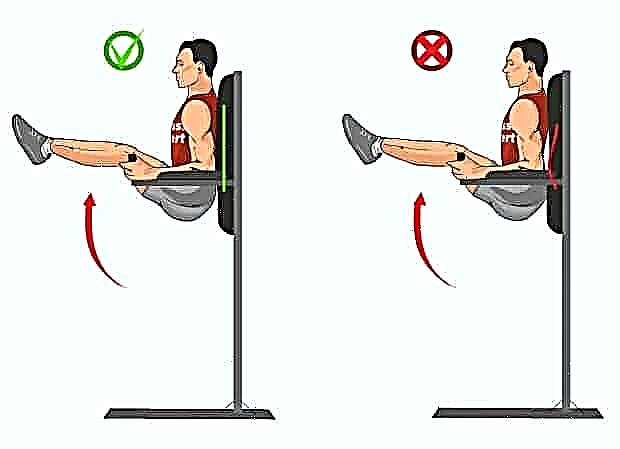
- Basic movement. When lifting the legs, the effort is made by the abdominal muscles, and not by the twisting movement of the lower back.
"Corner" on the horizontal bar
This kind of exercise "corner" for the press is performed in the hanging position on straight arms on the horizontal bar. This is the most difficult of all the third types presented in the material, since it involves the maximum number of muscles and requires good preparation from the athlete. Straight legs are raised to parallel with the floor and fixed for the maximum time possible for the athlete. Thus, the main load falls on the rectus and oblique muscles of the press, indirectly on the front surface of the thigh.
Execution technique
- The starting position is hanging on straight arms on the horizontal bar. The grip is shoulder-width apart.
- The stomach is pulled in. The back is straight.
- Straight legs rise to a 90-degree angle or slightly lower.
- The raised legs are kept motionless.

Features of execution
At first, beginners can do the exercise simply by slowly raising and lowering their legs, without delaying in the L-position. To complicate the task, professional athletes, at the moment of holding their legs in the upper position, describe figures in the air with their toes. This allows you to more effectively work out the oblique muscles.
Also, to increase the load on the legs, it is recommended to attach weights, or ask a gym colleague to lightly press on the legs from above. Experienced athletes can do two exercises in one: swing the press and pull up on the arms in the L-position.

Typical mistakes
Attention! Straps or hooks can be used to securely hold the hands.
As a bonus, we recommend watching the best abs exercises for beginners in the video, which will help increase the effect of the corner at times!
The main advantage of abdominal corner exercises is the ability to develop abdominal endurance and learn to work with your own weight. Such exercises are considered quite productive for pumping the straight, oblique and lower abdominal muscles.
It is best to give static load at the end of a workout to completely tire the muscles. Only experienced athletes can perform a high-quality exercise with straight legs. Proper training of the abdominal muscles and increasing arm strength will help beginners master this exercise over time.


